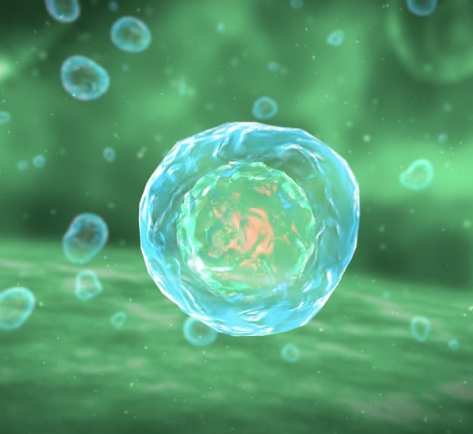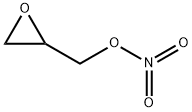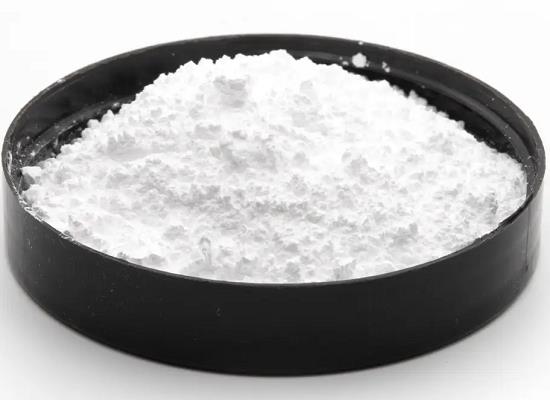The process of the Peptidoglycan synthesis
Peptidoglycan is a macromolecule made of long aminosugar strands cross-linked by short peptides. It forms the cell wall in bacteria surrounding the cytoplasmic membrane. The glycan strands are typically comprised of repeating N-acetylglucosamine (GlcNAc) and N-acetylmuramic acid (MurNAc) disaccharides. Each MurNAc is linked to a peptide of three to five amino acid residues. Disaccharide subunits are assembled on the cytoplasmic side of the bacterial membrane on a polyisoprenoid anchor (lipids I and II). Polymerization of disaccharide subunits by transglycosylases and cross-linking of glycan strands by transpeptidases occur on the other side of the membrane. Bacterial cell wall biosynthesis inhibitors form a major class of antibiotics[1].

Synthesis of peptidoglycan (PG) is a complex process involving multiple reactions spanning three subcellular compartments—the cytoplasm, the inner membrane (IM), and the periplasm. The process involves (i) synthesis of nucleotide-activated sugars and amino acids in the cytoplasm, (ii) assembly of sugars and amino acids into lipid-linked monomer precursors at the cytoplasmic face of the IM, (iii) flipping of these precursors across the IM into the periplasm, (iv) polymerization of monomers into glycan strands followed by cross-linking of peptides to form the peptidoglycan sacculus in the periplasm, and (v) maturation of the peptidoglycan sacculus[2].
Specifically, the initial stages of PG synthesis occur in the cytoplasm. Uridine diphosphate N-acetylglucosamine (UDP-GlcNAc), a precursor of PG, is synthesized from fructose-6-phosphate via the hexosamine pathway. MurA and MurB enzymes catalyze the formation of UDP-N-acetylmuramic acid (MurNAc) from UDP-GlcNAc and phosphoenolpyruvate. Five amino acids, including D-amino acids, are then successfully added to form UDP-MurNAc-pentapeptide, which varies in composition depending on the bacteria. An L-alanine (L-Ala) is usually found in the first position. Then, a D-glutamic acid (D-Glu) follows; it is sometimes amidated in Gram-positive bacteria, yielding a D-glutamine (D-Gln). The γ-carbon of this residue is connected to a third amino acid that is the most variable in the pentapeptide composition. It is usually a dibasic meso-diaminopimelic acid (m-A2pm), but in most Gram-positive bacteria, it is usually an L-lysine (L-Lys). Finally, the peptide stem ends with two D-Ala. The composition of the pentapeptide is similar in E. coli and B. subtilis and is L-Ala–D-Glu–m-A2pm–D-Ala–D-Ala.
[1] Shambhavi Garde, Manjula Reddy, Pavan Kumar Chodisetti. “Peptidoglycan: Structure, Synthesis, and Regulation.” EcoSal Plus (2021).
[2] Anne Galinier. “Recent Advances in Peptidoglycan Synthesis and Regulation in Bacteria.” Biomolecules 13 5 (2023).
References:
[1] SHAMBHAVI GARDE M R Pavan Kumar Chodisetti. Peptidoglycan: Structure, Synthesis, and Regulation.[J]. EcoSal Plus, 2021. DOI:10.1128/ecosalplus.ESP-0010-2020.[2] ANNE GALINIER. Recent Advances in Peptidoglycan Synthesis and Regulation in Bacteria.[J]. Biomolecules, 2023, 13 5. DOI:10.3390/biom13050720.


